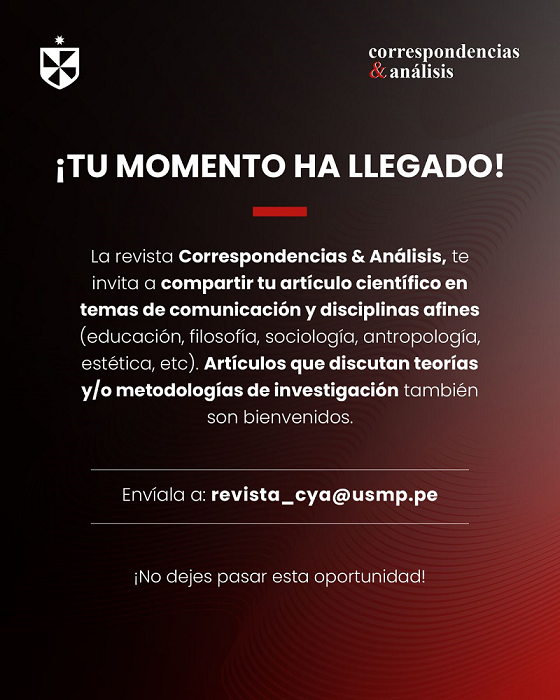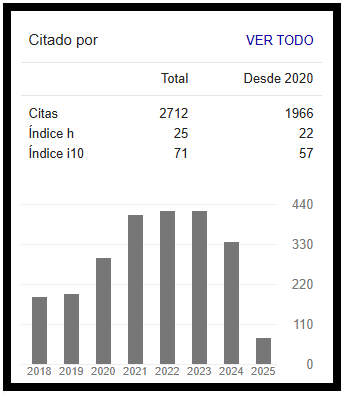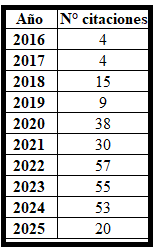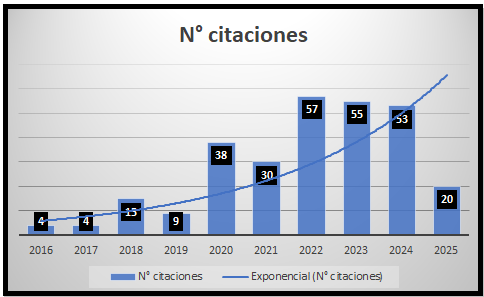El castillo de la pureza: A love story?
DOI:
https://doi.org/10.24265/cian.2020.n11.11Keywords:
Mexican cinema, Film literature, Adaptation, Screenplay, José Emilio Pacheco, El castillo de la pureza, Mexico City, Police informationAbstract
The movie El castillo de la pureza, by Arturo Ripstein (1972), is based on a real event that took place in Mexico City in 1959. The objective of the article is to describe the context of the event, inscribed in the police annals of the Mexican Capital and how such a sordid story (according to our perspective) could be adapted to the screen as a “love story”, highlighting the work of the screenwriter José Emilio Pacheco (JEP). A first reading of the film shows us the confinement of a family (forced by the father) and that the isolation from the outside world is accepted by the wife as an almost divine plan of the one who loves and respects blindly. Our intention is to deepen this view by offering an analysis of the information from the press of the time,
from excerpts from the script, as well as scenes from the film and the frames corresponding to the chosen sequence that I have named “Preamble to the crisis. The tranquility in the castle begins to crack”.
Metrics
Downloads
References
Balló, J. (2000). Imágenes del silencio. Los motivos visuales en el cine. Anagrama.
Barthes, R. (2011). Fragmentos de un discurso amoroso. Siglo XXI.
Cirlot, J. (1997). Diccionario de símbolos. Ediciones Siruela.
Chevalier, J., & Gheerbrant, A. (1995). Diccionario de los símbolos. Editorial Herder.
De la Colina, J. (1973). Donceles 99: El castillo asediado por el tiempo. Revista de Revistas, 32, p. 43.
García Riera, E. (1988). Arturo Ripstein habla de su cine con Emilio García Riera. Testimonios de cine, 1.
Kristeva, J. (2013). Historias de amor. Siglo XXI.
Lessing, G. (1990). Laocoonte. Technos.
López Ortiz, A. (1959a, Julio 25). Un loco secuestró a sus familiares durante 18 años. La Prensa, 20-30.
López Ortiz, A. (1959b, Julio 28). No se salvará de la cárcel el químico secuestrador. La Prensa, 30-38.
Luna Cornea. (2013). Héctor García y su tiempo. Revista Luna Cornea, 26. https://issuu.com/c_imagen/docs/lunacornea_26
Paz, O. (1968). Marcel Duchamp o el castillo de la pureza. Ediciones Era.
Pérez Bowie, J. (2011). Reescritura fílmica: nuevos territorios de la adaptación. Universidad de Salamanca; Grupo de Estudios sobre Literatura y Cine (GELYC).
La Prensa. (1959, Julio 28). Programación de televisión, 25.
Ripstein, A. (Director). (1972). El castillo de la pureza [Film]. Estudios Churubusco, Ciudad de México.
Ronquillo, V. (1993). La esposa y los seis hijos de Rafael Pérez Hernández. En Nota roja de los 50’s (p. 98). Editorial Diana.
Sánchez, M. (2016). Cronología profética de Nostradamus, 1500-1599: Vol. I. Editorial Círculo rojo.
Seger, L. (2000a). El arte de la adaptación. Cómo convertir hechos y ficciones en películas. Rialp.
Seger, L. (2000b). Cómo crear personajes inolvidables. Paidós.
Téllez, E. (1959, Julio 25). Secuestró 15 años a su esposa y seis hijos. El Universal, 40.
Downloads
Published
Issue
Section
License
In case the manuscript is approved, the authors retain the copyright and assign to the journal the right to publish, edit, reproduce, distribute, display and communicate in the country of origin and abroad by means of print and electronic media in different databases.
In order for this procedure to be recorded, the author must fill out the following formats:
Format 1 - Author data Format.
Format 2 - Affidavit on originality and authorization for the publication of articles Format.
Format 3 - Open Science Compliance.








2.png)


















